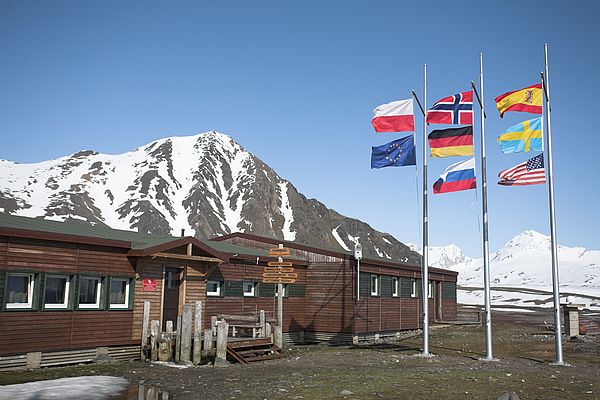
Background
IN0601 | |
Polish Polar Station Hornsund | |
Arctic | |
Open | |
Station | |
Poland | |
Station | |
1957 | |
Year-Round |
Introduction
The Polish Polar Station in Hornsund is operated by the Institute of Geophysics, Polish Academy of Sciences. | |
The station is situated on the northern shore of the Hornsund Fjord in the South Spitsbergen National Park, Svalbard. | |
Pristine environment surrounds the station, where glaciers, mountains, valleys, lakes, and rivers are not affected by humans. In 2002, the Polish station, together with the Hornsund Fjord, was recognized as one of six the European Marine Biodiversity Flagship Sites (www.iopan.gda.pl/projects/biodaff). Tundra with many species of lichens, mosses, flowers, and shrubs occupy the raised marine terraces and the lower parts of the mountain slopes. Reindeers, Arctic foxes, and polar bears together with many bird species are living around the station. | |
The Polish Polar Station was established in 1957, as a winter base during the 3rd International Geophysical Year 1957/1958. In the 1970s, it was used by Polish research expeditions during summers only. The station was renovated in 1978 and has been in operation year-round since then. Today, the station is a modern research platform with access to well-equipped laboratories and satellite communication. Accommodation and research facilities for 20 visitors (in addition to the permanent staff of 10 persons) are available. There is also a well equipped workshop, a boat house, and a storage hall at the Station. | |
The research at the Polish Polar Station focuses on meteorology, glaciology, monitoring of geophysical fields (i.e. seismology, geomagnetism, atmospherical electricity), permafrost, and geomorphic processes. The main study objectives are related to the evolution of the high arctic environment with respect to Climate Change. Projects include research on mass and energy balance of glaciers, fluctuations and changes of their hydrothermal state, and dynamics of tidewater glaciers and their interaction with the ocean. Changes in marine and terrestrial ecosystems are systematically studied. | |
Longyearbyen, the administrative center and the largest settlement of Svalbard is located approximately 130 km from the Hornsund station. | |
There are no roads between other settlements on Svalbard and the Polish Polar Station in Hornsund. During the summer season, the Station can be reached by ships or yachts. Helicopter may be used all year-round but requires the Governor's landing permission. In spring, the Station can be reached by snow scooters, depending on sea ice and snow conditions. |
Operator
Institute of Geophysics, Polish Academy of Sciences | |
Government | |
Institute of Geophysics, Polish Academy of Sciences | |
polar@igf.edu.pl, hornsund@igf.edu.pl |
Data Source
Wlodzimierz Sielski | |
sielski@igf.edu.pl |
Partner Institution
No |
Location
IN0601 | |
77° 0' 0'' N | |
15° 33' 0'' E | |
European Arctic | |
9 | |
0 | |
750 | |
Longyearbyen | |
130 | |
130 | |
130 | |
Ice-free ground | |
marine terrace |
Climate
Continuous | |
High Arctic | |
Snow and Rain | |
453 | |
6 | |
45 | |
E | |
-4 | |
-10.2 | |
-10 | |
-10.3 | |
-8.2 | |
-2.5 | |
2.1 | |
4.5 | |
4.2 | |
1.7 | |
-3.1 | |
-6.2 | |
-9.1 | |
31/Jul/15 | |
15.6 | |
16/Jan/81 | |
-35.9 | |
April; May | |
June; July | |
May; June | |
July; August |
Features
Biological features; Bird colonies; Blue ice; Clear air zone; Coast; Crevasse; Fauna; Fjord; Ice cap or glacier; Lake; Moraine; Mountain; Permanent snowpatches; Rivers; Rock; Sea; Sea ice; Shoreline; Snow; Tundra; Valley |
Disciplines
Atmospheric chemistry and physics; Climatology; Climate change; Ecology; Environmental sciences; Geocryology; Geodesy; Geology; Geomorphology; Geophysics and seismology; GIS; Glaciology; Mapping; Marine biology; Microbiology; Oceanography; Pollution; Sedimentology; Social science; Terrestrial biology |
Human Activities
No | |
Yes | |
Yes | |
Yes | |
Yes |
Infrastructure
IN0601 | |
1550 | |
120 | |
Biology; Chemistry; Geology; Geophysics; Scientific diving | |
0 | |
500 | |
40 | |
Yes | |
Yes | |
Fossil fuel | |
400 | |
24 | |
No |
Staff Capacity
16 | |
20 | |
10 | |
10 | |
40 | |
0 |
Scientific Equipment
Standard chemical laboratory equipment, Liquid Ion chromatography, Differential GPS, Geodetic surveying equipment, Automatic Weather Station, Seismometers, Flux gate | |
Technical support, chemical analyses | |
Glacier mass balance, Meteorology, Seismology, Earth magnetism, Hydrology, Oceanography, Atmospheric Physics |
Medical Facilities
Yes | |
5 | |
Non-medical trained person | |
1 | |
Basic | |
130 | |
1 | |
1 | |
0 | |
130 | |
Rifles, Signal pistols, first aid kits | |
Avalanche Beacon, Satellite phone | |
No | |
No |
Vehicles
boats (vessels can anchor c. 500 m from the coastline) | |
Snowmobiles |
Workshop facilities
Mechanical |
Communications
Computer; E-mail; Internet; Printer; Satellite phone; Scanner; VHF |
Access
IN0601 | |
Air; Land; Sea |
Aircraft landing facilities
0 | |
0 | |
0 | |
Yes |
Transport and freight
Helicopter; Ship; Skidoo | |
snowmobiles | |
3 | |
June; July; August; September | |
None | |
Helipad | |
4 | |
January; February; March; April; December |
Access To The Facility
Yes | |
Yes | |
Wlodzimierz Sielski | |
sielski@igf.edu.pl | |
www.igf.edu.pl, www.hornsund.pl |
Pictures
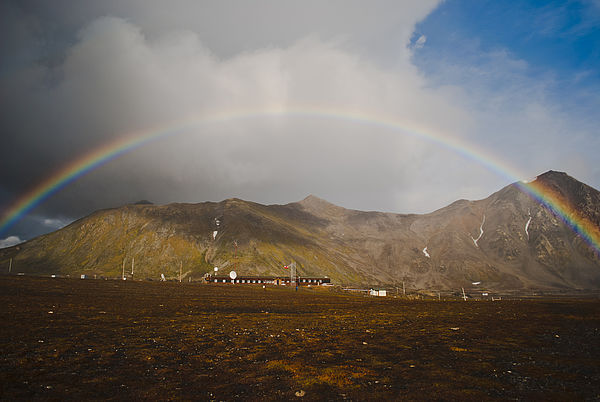 Building and rainbow (Credits: Liliana Keslinka-Nawrot) |
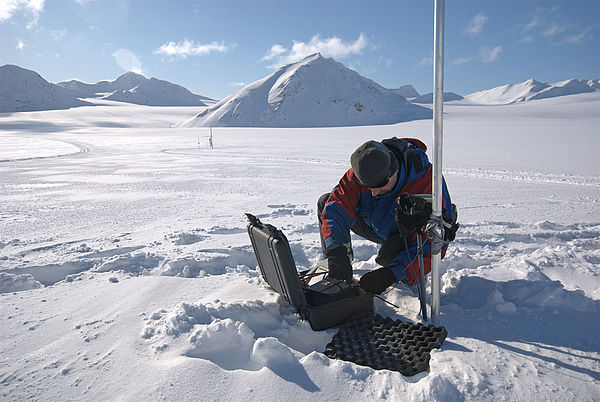 Meaurements winter (Credits: Zbigniew Sobierajski) |
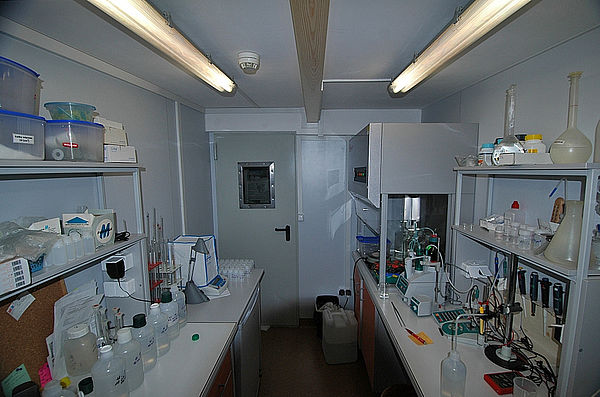 Hornsund Lab (Credits: Adam Nawrot) |
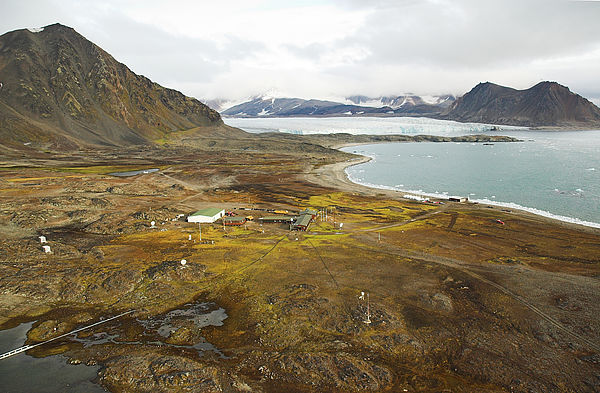 Aerial view of station (Credits: Adam Nawrot) |
 Glacier panorama with snowscooter (Credits: Marek Szymocha) |
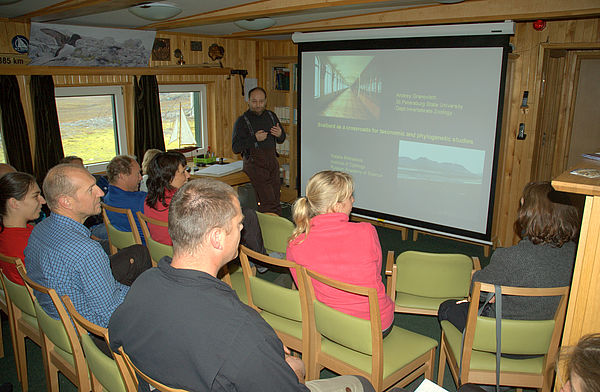 Lecture (Credits: Adam Nawrot) |
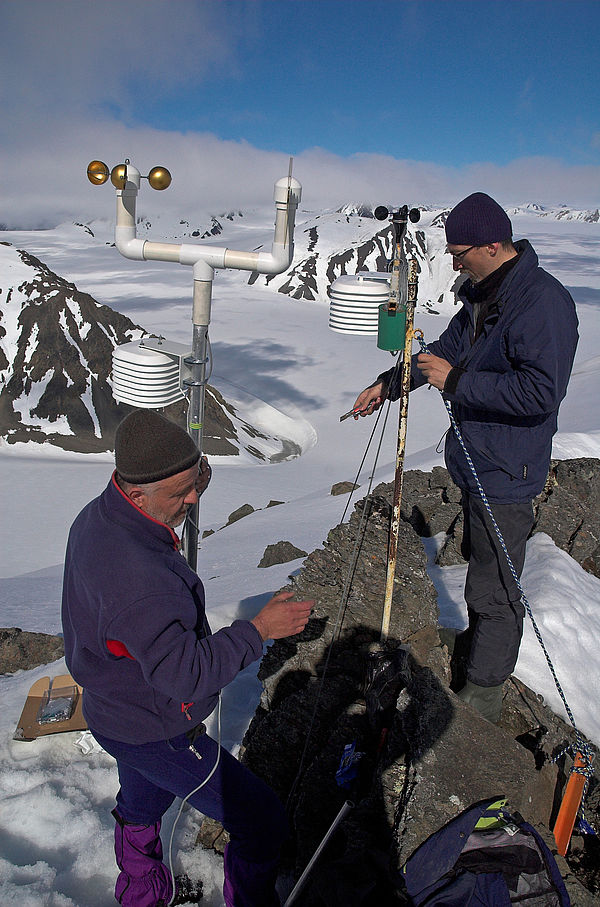 Mountain top measuring station (Credits: Adam Nawrot) |
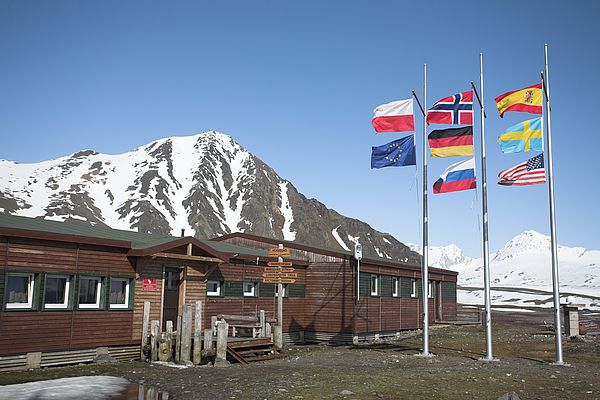 (Credits: Witek Kaskin) |
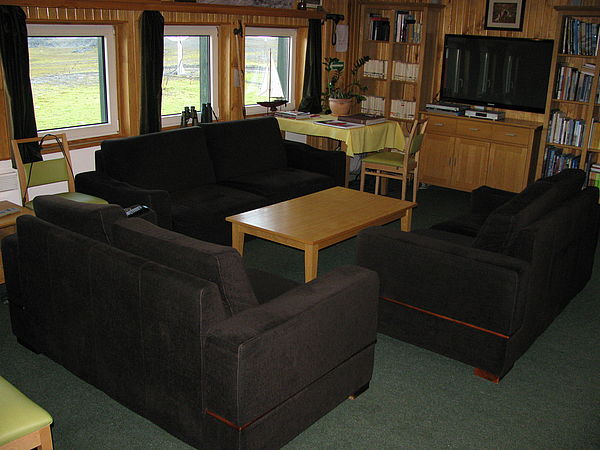 (Credits: Wlodzimierz Sielski) |
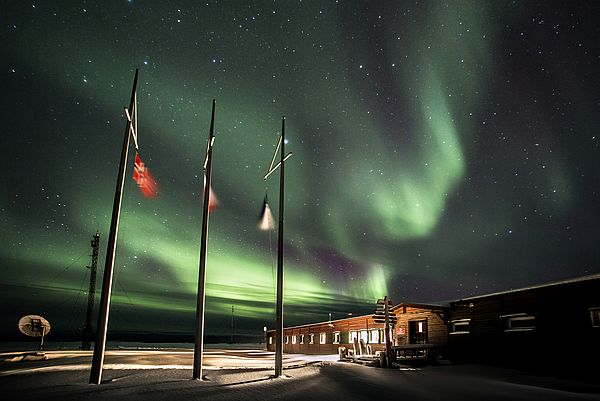 (Credits: Witek Laszkin) |
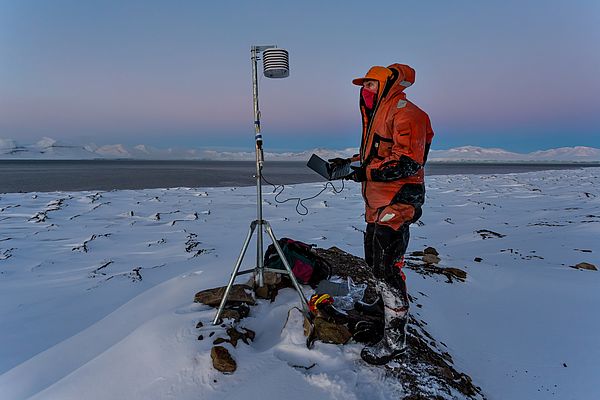 (Credits: Witek Laszkin) |
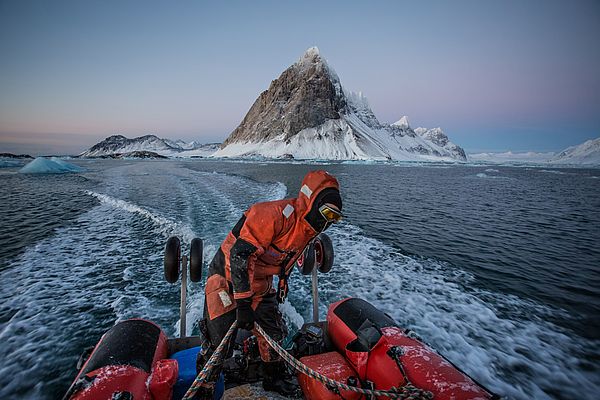 (Credits: Witek Laszkin) |
